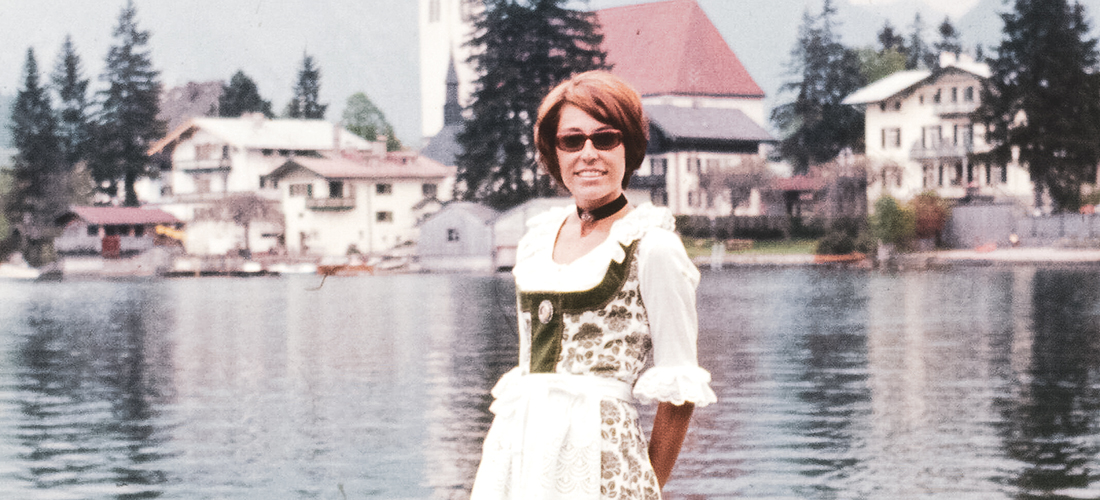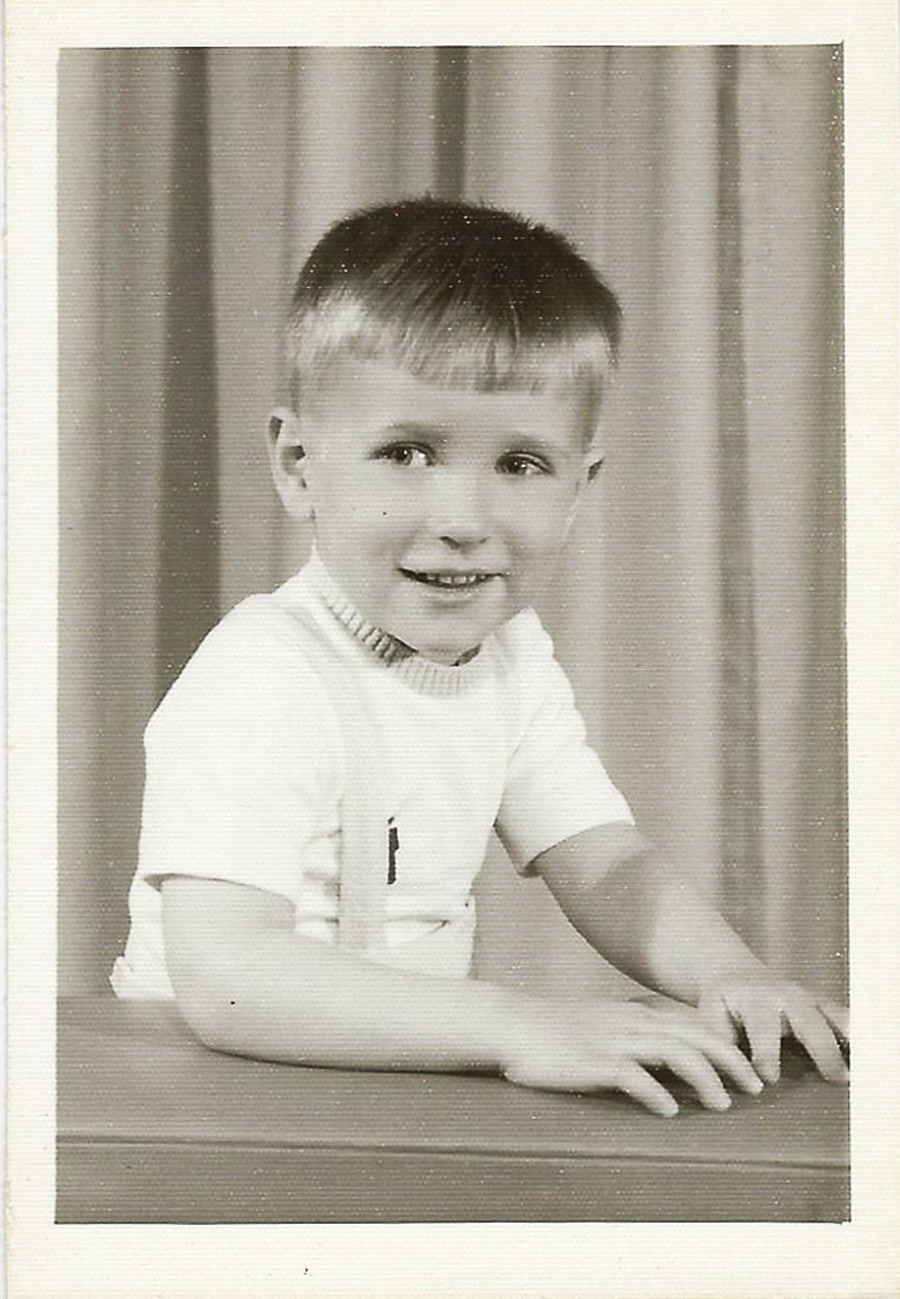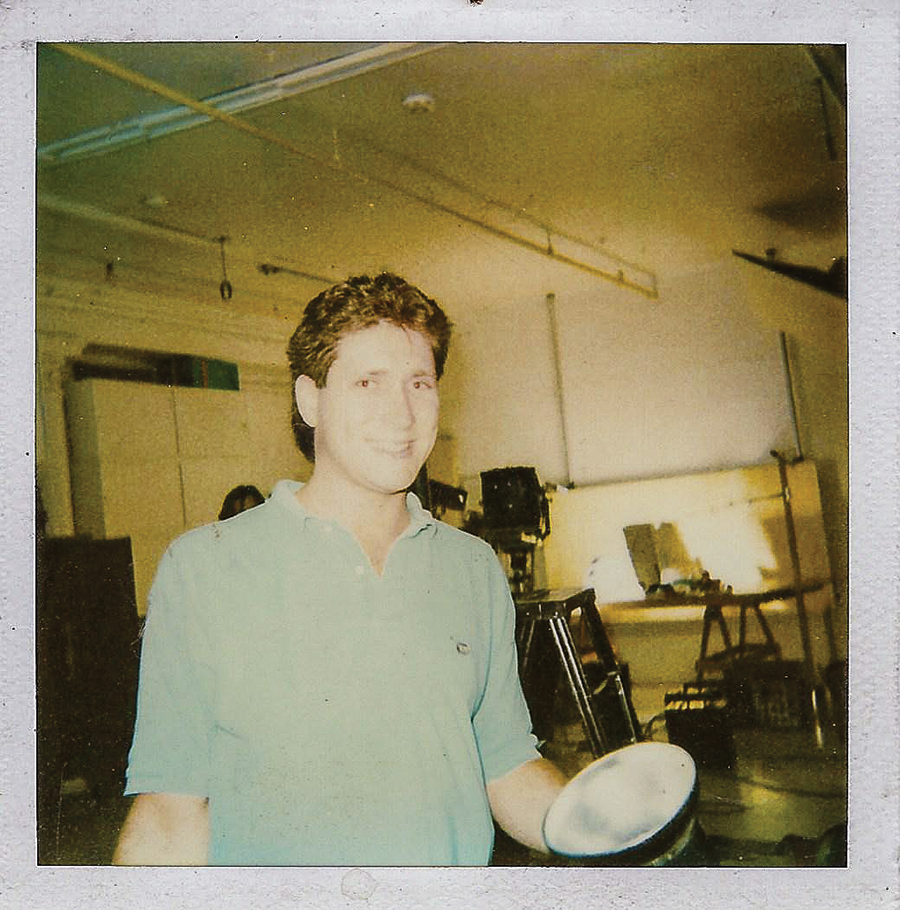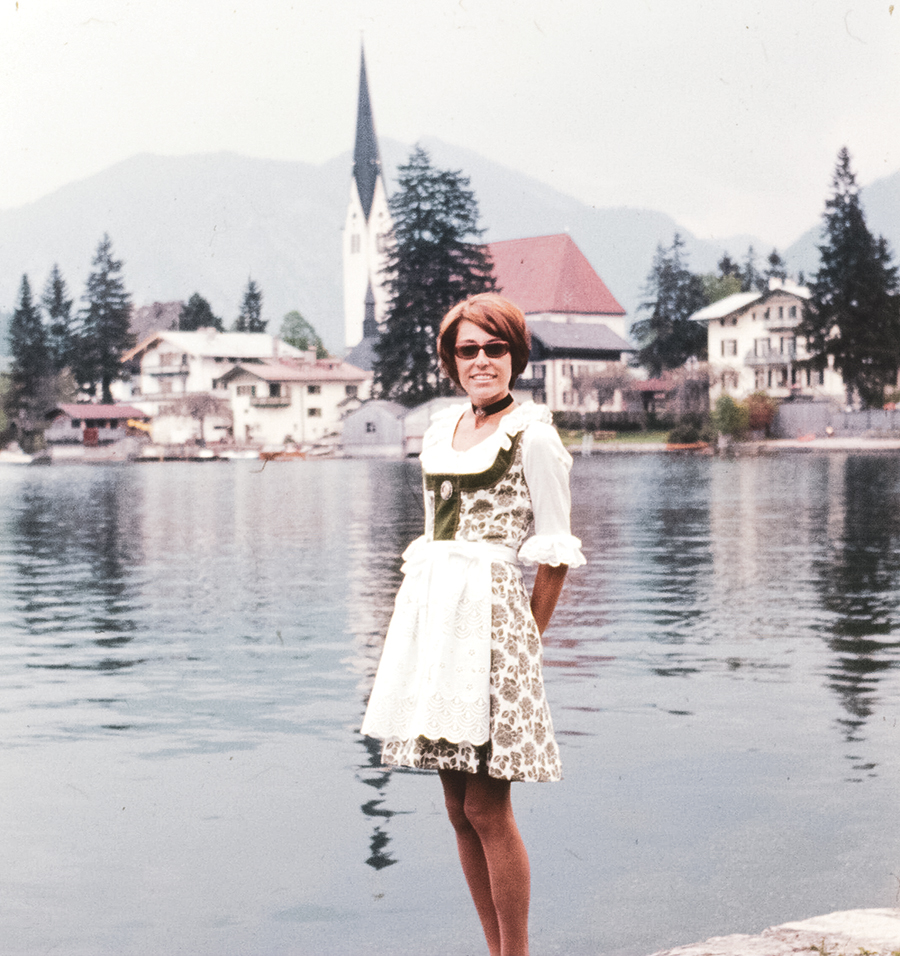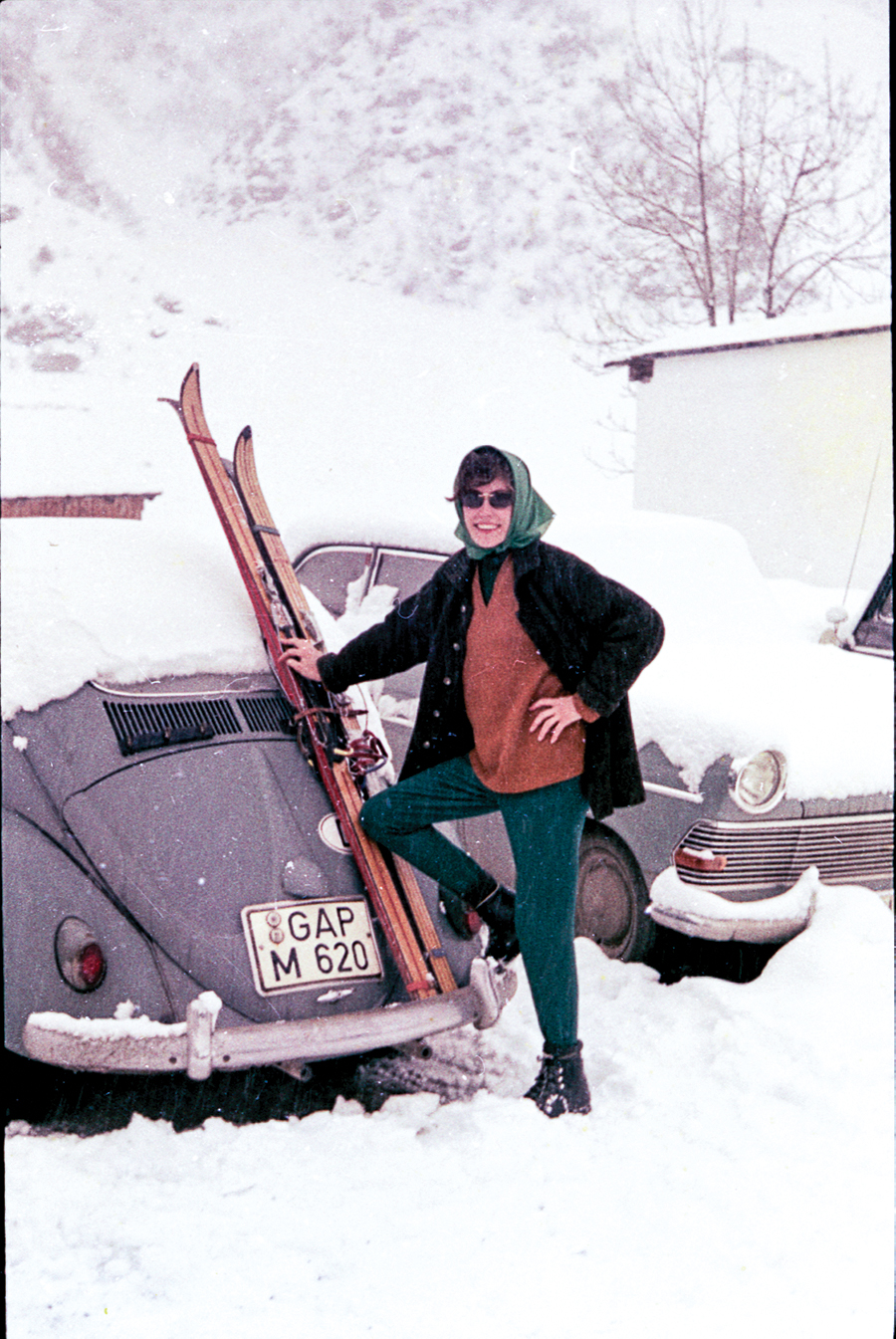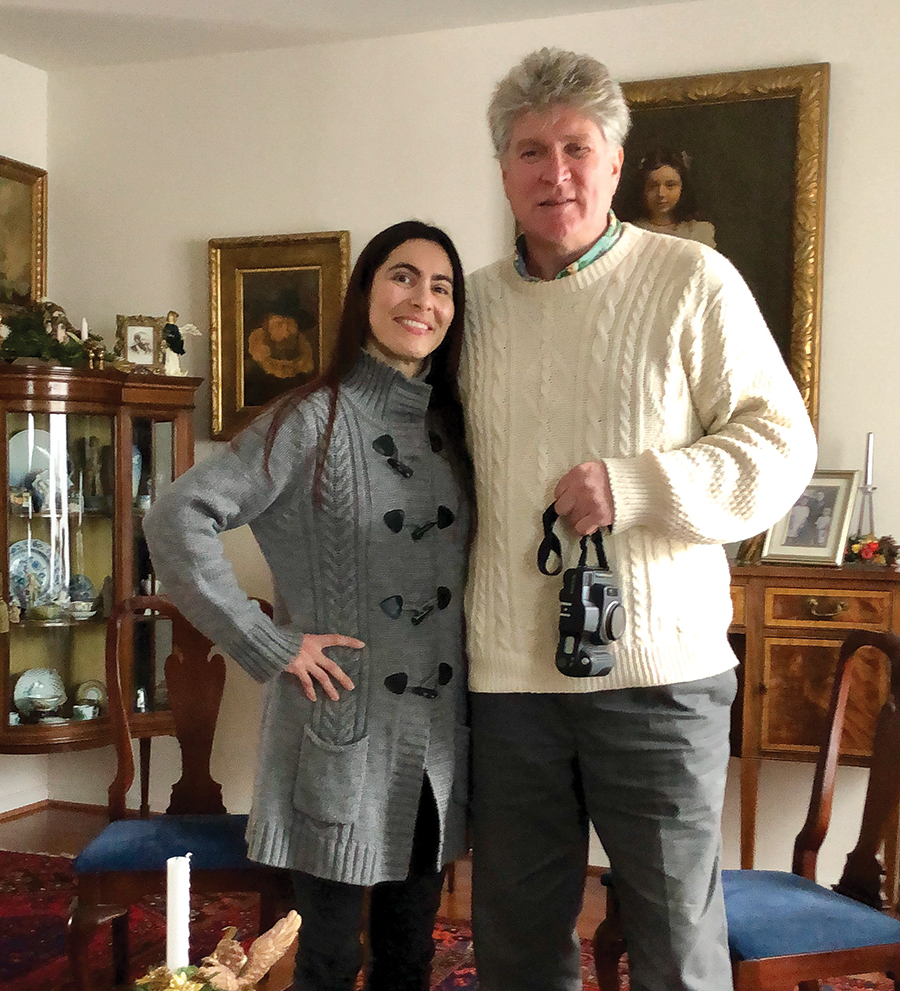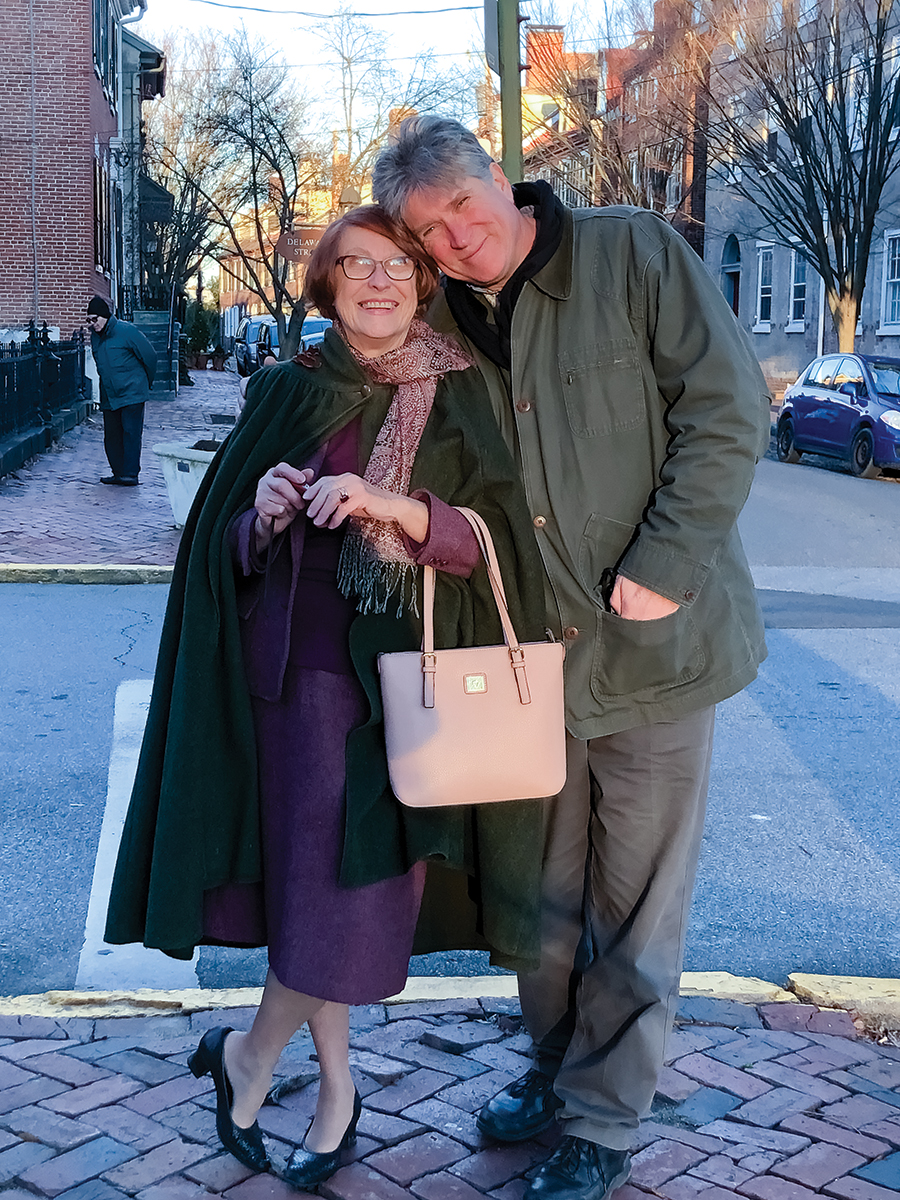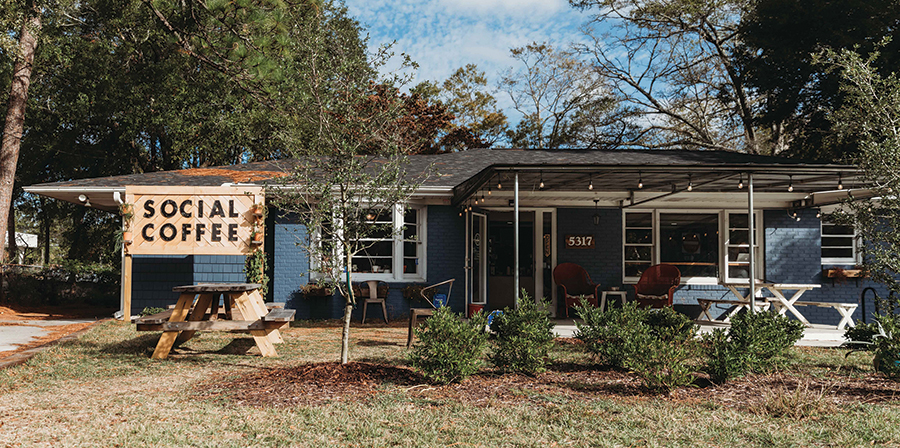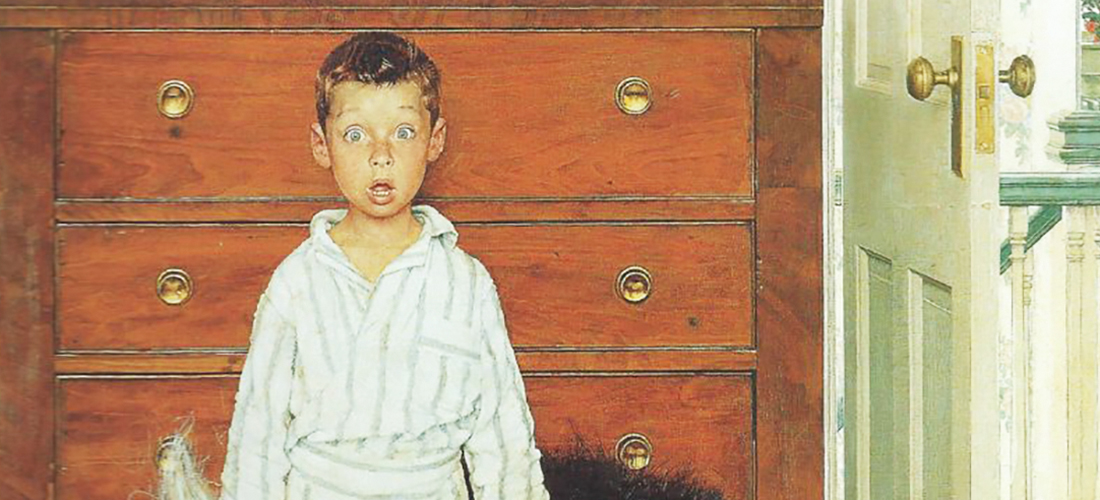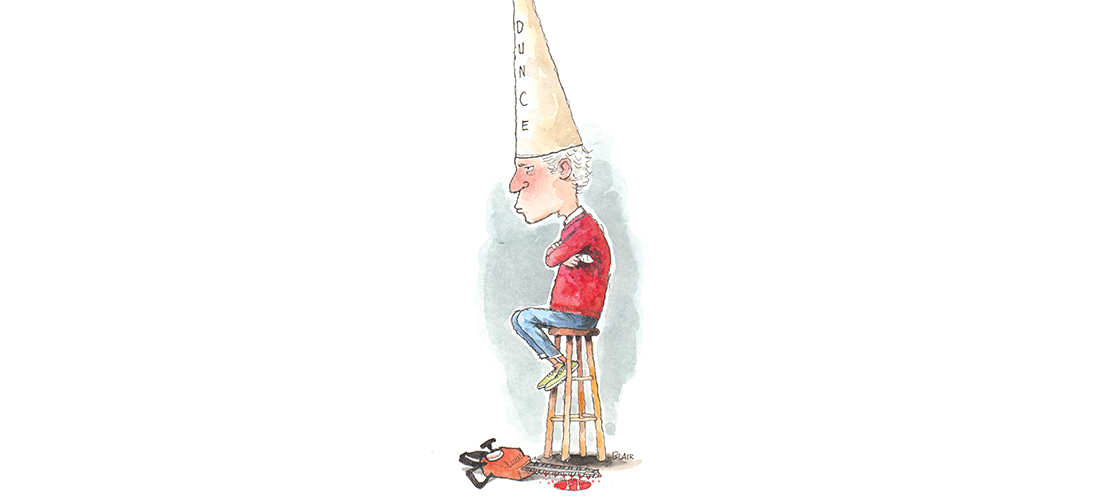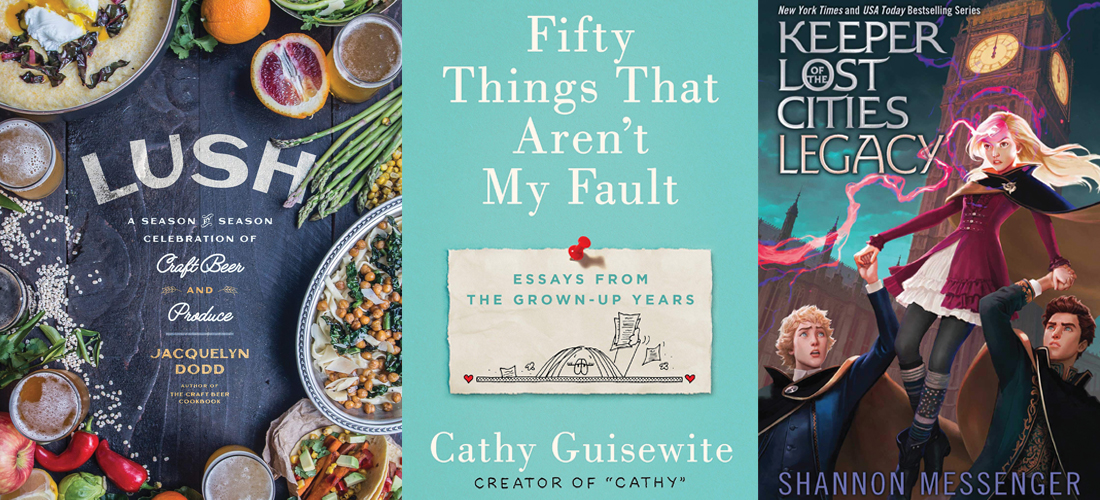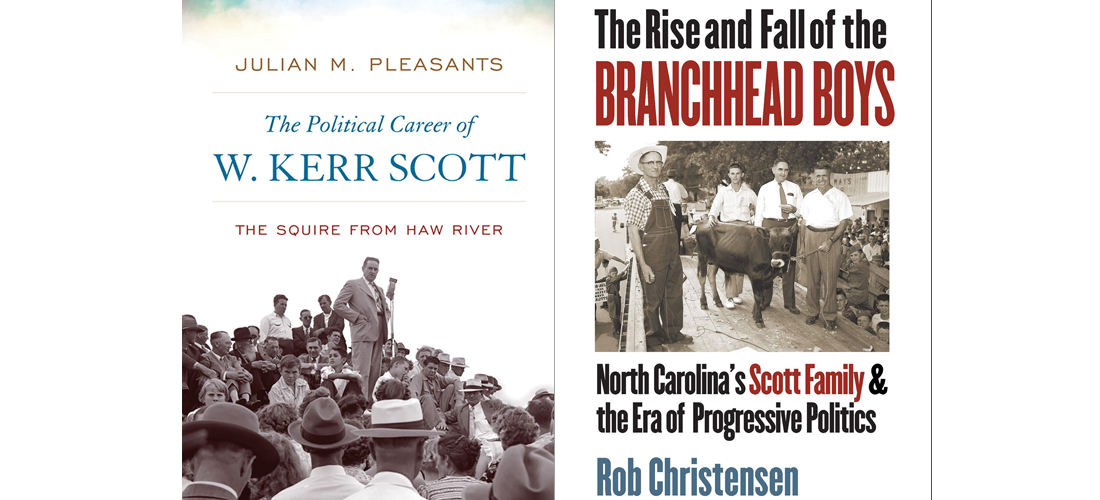Christmas Stream of Consciousness
It’s a wrap
By Susan S. Kelly
Curse people who send early Christmas cards. Go to attic to find Christmas card basket. Create Christmas card list Excel sheet. Begin Shutterfly Christmas card process with family photo with attendant start-overs. Hit “submit.” Hit “submit.” Hit “submit.” Curse Shutterfly and start emailing people to find out new addresses instead. Wrap a present. Begin debating Christmas Eve dinner. Shrimp and grits? But we have grits at breakfast. Ribs? But getting sauce out of linen napkins is impossible. Switch to red napkins instead of white for Christmas Eve dinner. Debate polishing silver. Reflect upon idiocy of having scheduled various doctor appointments in December. Buy Christmas stamps. Create Christmas gift Excel sheet. Ask sister for the hundredth time what our in-law spending limit is. Ask sister what our spouse spending limit is. Ask sister what our niece and nephew spending limit is. Vow for the hundredth time not to do this next year. Wrap a present. While in Lowe’s, debate buying mace spray for daughters-in-laws’ Christmas stocking. Reject idea. Unfold a dozen tablecloths to try to find the ones that fit card table, table for six, and table for eight. Vow to organize linens in January. Debate polishing silver. Make stack for Christmas cards that need a handwritten note along with printed greeting. Make stack of envelopes you didn’t send cards to that you will if you have any left over. Wrap a present. Check cotton twine for tying tenderloin tail. Check Worcestershire bottle level for seasoning tenderloin. Check bourbon and cognac and rum levels for eggnog. See if mini blowtorch gun has enough ammo to make crème brûlée. Create Christmas food Excel sheet. Begin grocery list. Iron leftover usable ribbons. Wish for the hundredth year you had decent to/from gift tags. Wish for the hundredth time you hadn’t bought the cheap wrapping paper at TJ Maxx. Get out empty boxes. Try, for the 33rd year, to figure out lengths of expensive ribbon so that there’s enough to tie a bow at the top of the box. For the 33rd year, fail. Bring Christmas placemats downstairs. Bring all Christmas china downstairs. Take regular china upstairs, stash under beds, and hope you remember where you put it. Empty sugar into Christmas china sugar bowl. Empty salt and pepper shakers into Christmas salt and pepper shakers. Wrap a present. Debate polishing silver. Hand-address Christmas card envelopes, insert card, stamp with return address, affix postage, lick. Repeat 130 times. Feel unattractively smug and superior for hand-addressing all Christmas cards. Begin pile for Christmas cards from people you hadn’t intended to send one. Search stores for candles with Christmassy scent to disguise ongoing terror of old-person-house smell. Discover Christmassy is a word. My computer recognizes it. Who knew? Take off exercise clothes, put on makeup, and hit the stores. Buy more Red Wine Out spray. Buy ZingZang for bloodies before it sells out. Search four different grocery stores for Nabisco Famous Chocolate Wafers. While in Bed, Bath & Beyond, debate buying silver polish and Goof Off for daughter-in-laws’ stocking stuffers. Reject idea. Debate other possibly fun but likely worthless stocking stuffers. Hardboiled egg slicer? Do they still like Big League Chew? Scout possible magnolias in public parks to steal for decorations. Realize the gold-and-black Christmas ornament you bought for a Wake Forest fan is actually an Appalachian State Yosef, not a Demon Deacon. Wrap it anyway and decide to fake surprise on Christmas morning. Wrap a present. Reshape wired wreath bow that’s been dangling from a clothes hanger in the attic. Wonder if this will be the year you finally fall down the attic steps and break your neck getting down the decorations. Put “day to get tree” on husband’s calendar. Move furniture upstairs to make room for tree. Find plastic sheet so overfilling tree stand doesn’t ruin carpet. Again. Go to tree lot for wreath and discover it doesn’t open until 10. Return to tree lot later the same day. Wrap a present. Lay fire. Wrap a present. Undertake too many things in one day and realize there’s nothing for supper. Run out of Christmas stamps and do not care that you’re using flags or the self-stick freebies from the Salvation Army for return addresses because the stamp pad gave up the ghost. Blow dust off crystal goblets. Change white soap in powder room to something vaguely green. Wrap a present. Go to four different grocery stores searching for “superfine sugar” for eggnog recipe. Create what-to-wear-to-which-thing-when Excel sheet. Ignore sister’s suggestion to download some app called “Calm.” Drive around and drive around and drive around hunting for this year’s location of pop-up Dewey’s bakery store for Moravian Sugar Cake. Debate polishing silver. Scrounge around looking for bent, folded nameplates for tables from previous years because you worked so hard on the calligraphy. Reflect on irony of having to save all the homemade gift treats for Christmas Eve and day, knowing there will be leftovers just when you’ve decided to try and not gorge anymore. Schedule manicure. Cancel appontment upon realization that manicure will be ruined polishing silver. On December 21, pitch all Excel lists because you don’t care anymore and what’s going to happen is going to happen. Begin New Year’s resolution list with Learn How to Use Excel.Wrap a present. PS
Susan S. Kelly is a blithe spirit, author of several novels, and a proud grandmother.


